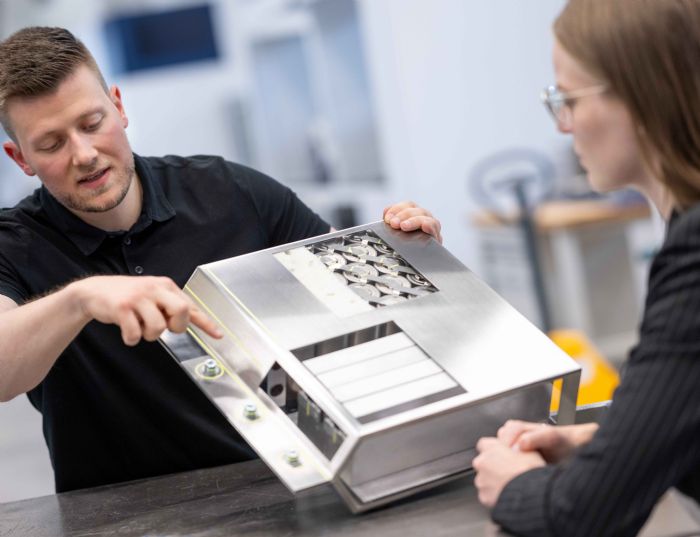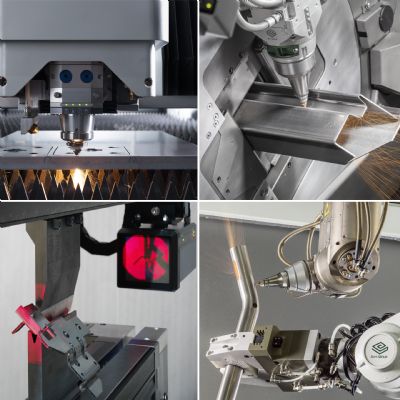E-Mobility: Laser Cutting and Heating Promise to Enable High-Volume Recycling of EV Batteries
June 13, 2024Comments
 If you think electric-vehicle (EV) battery recycling is cause for concern today, jump ahead 3 to 5 yr. when the recycling mission begins to scale up considerably. Meeting the expected demand to recycle used batteries—and help elevate EV powertrains to preferred status ahead of combustion-engine drivetrains—falls on the shoulders of technology providers to the automotive industry. Case in point: Trumpf, which actively has been developing laser-based technology to cut apart used battery assemblies and components safely, thus enabling the efficient, ecologically sound and safe removal of valuable raw materials from the battery-cell foil used to manufacture battery anodes and cathodes.
If you think electric-vehicle (EV) battery recycling is cause for concern today, jump ahead 3 to 5 yr. when the recycling mission begins to scale up considerably. Meeting the expected demand to recycle used batteries—and help elevate EV powertrains to preferred status ahead of combustion-engine drivetrains—falls on the shoulders of technology providers to the automotive industry. Case in point: Trumpf, which actively has been developing laser-based technology to cut apart used battery assemblies and components safely, thus enabling the efficient, ecologically sound and safe removal of valuable raw materials from the battery-cell foil used to manufacture battery anodes and cathodes.
“Laser technology has proven its ability to manufacture safer and higher-performance batteries,” says Trumpf automotive industry manager Pierson Cheng. “Now we see additional opportunities for lasers in battery recycling—a growing market in North America. The U.S. Department of Energy estimates that EV sales have quadrupled and predicts that a rising demand for EVs will increase the lithium-battery market five- to tenfold by 2030.”
“Recycling batteries makes ecological sense and, thanks to laser technology, now also can be implemented economically,” explains Hagen Zimer, Trumpf CEO of laser technology. “We’ve been working with all of the leading car and battery manufacturers for years and have incorporated this experience into the development of new processes.”
Joining Zimer in a recently held press conference on the subject: Alexander Sauer, head of the Fraunhofer Institute for Manufacturing Engineering and Automation. “The industry must prepare to recycle on a large scale,” says Sauer. “The market for laser processes for recycling batteries is huge. In Europe alone, beginning in 2030 the industry will have to recycle 570,000 tons of battery material annually.”







